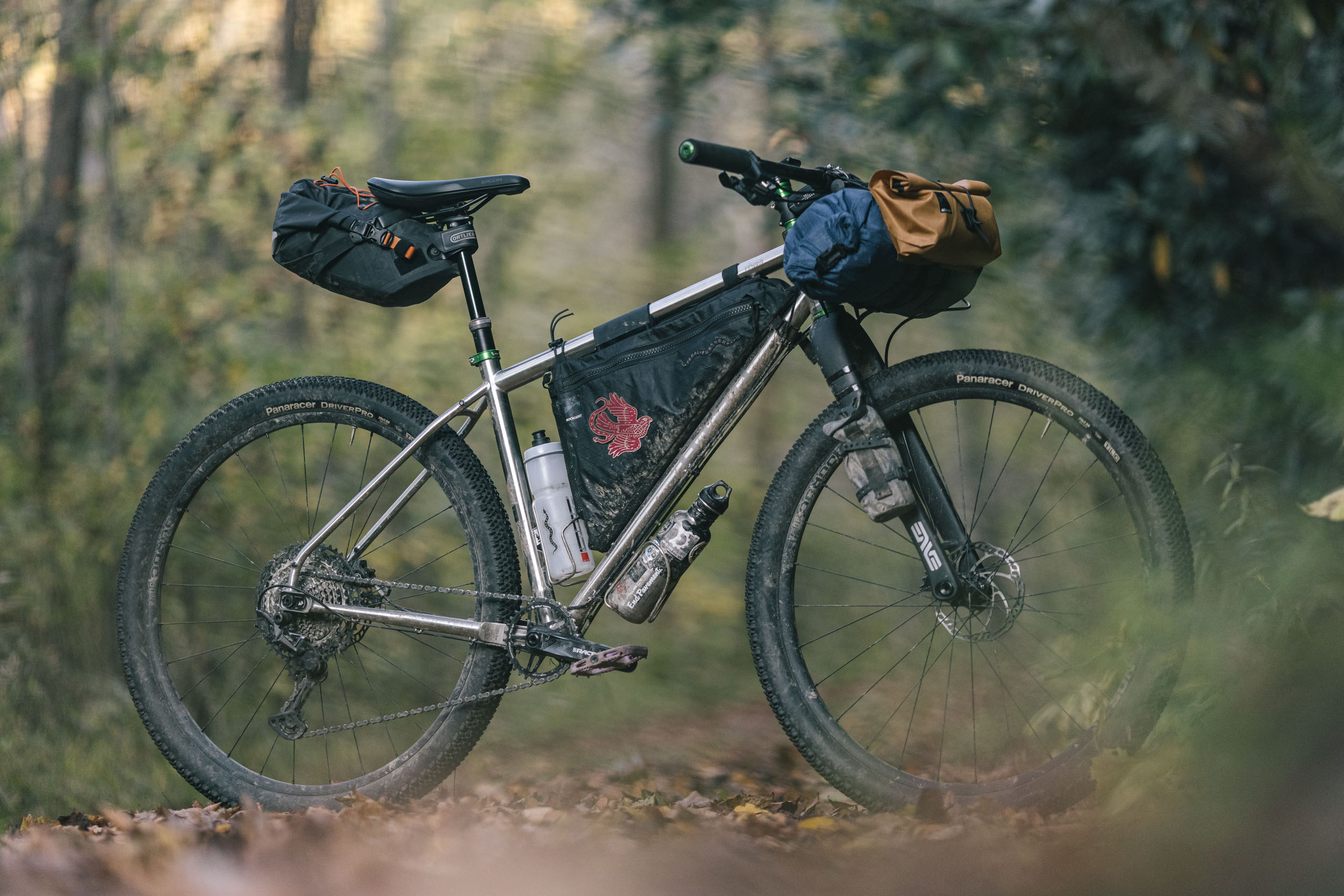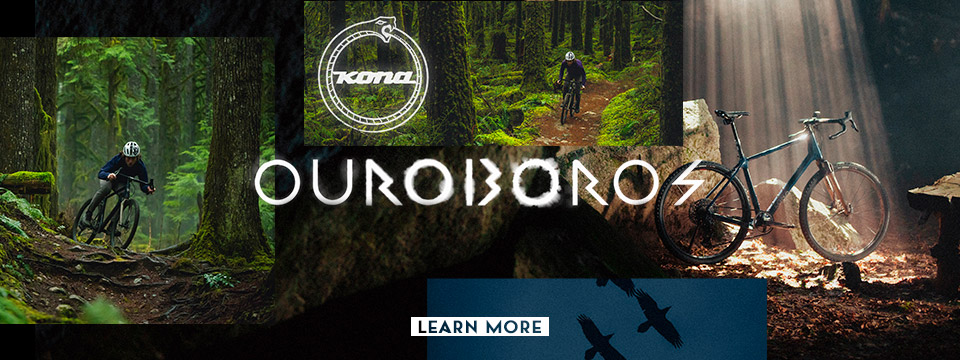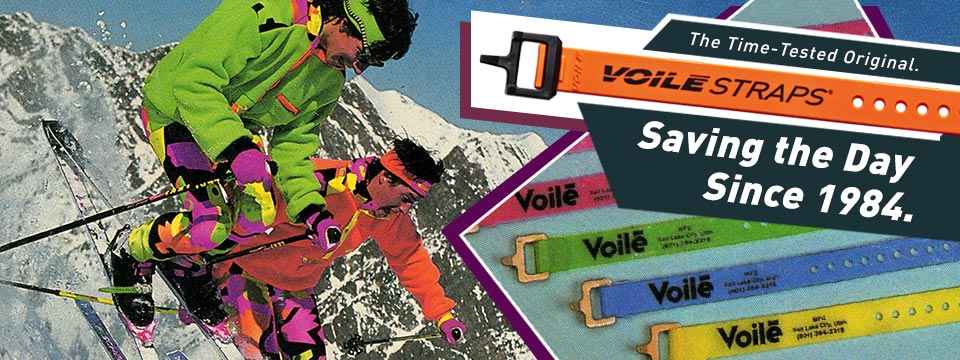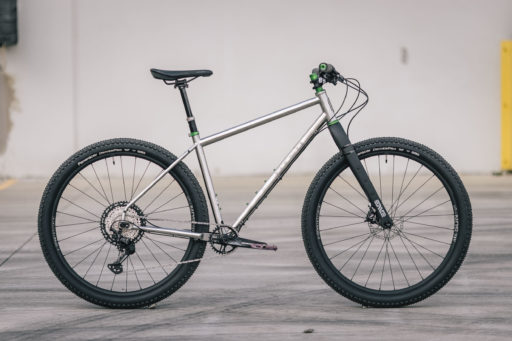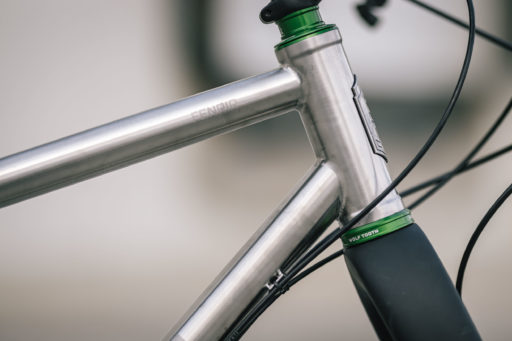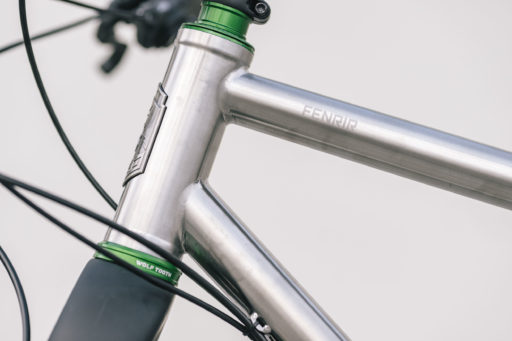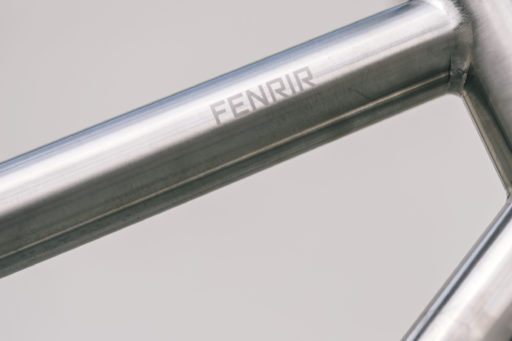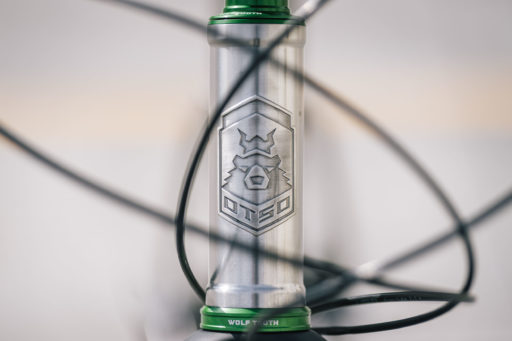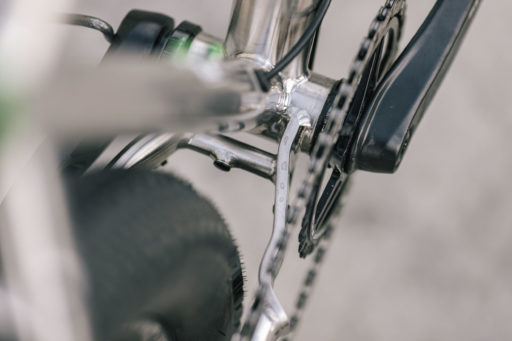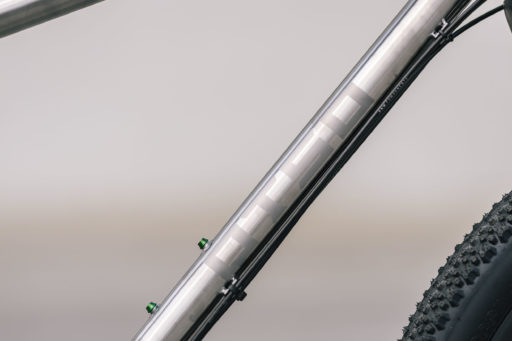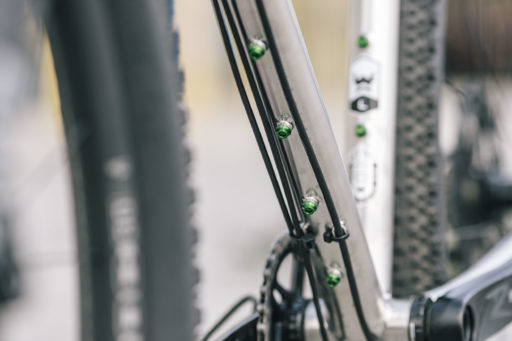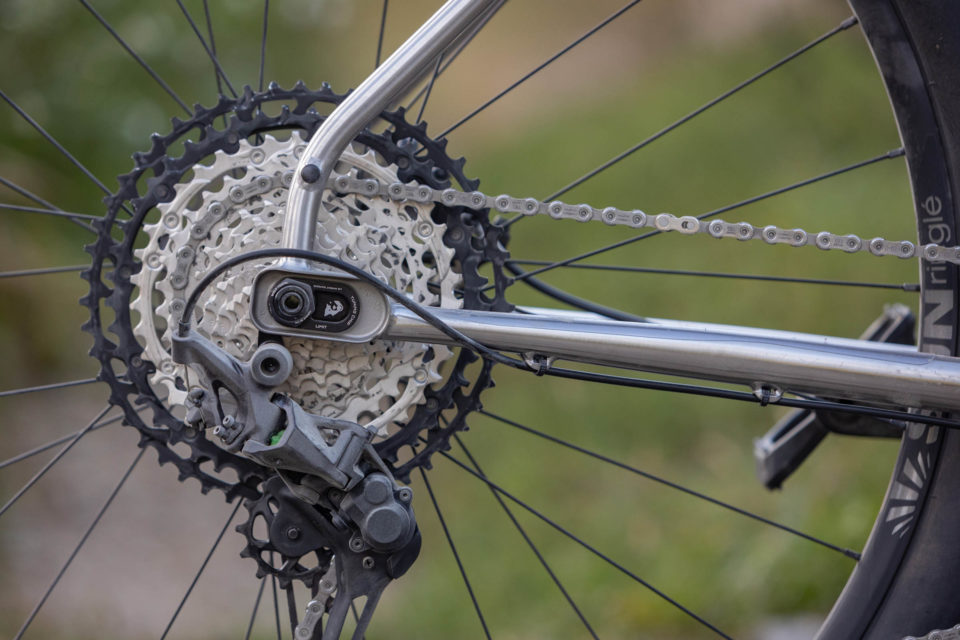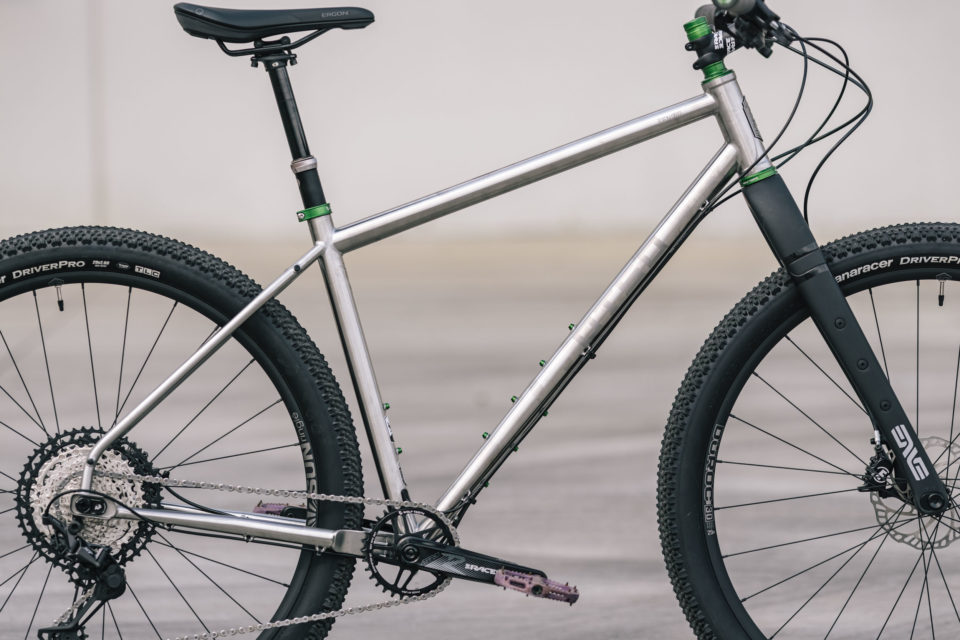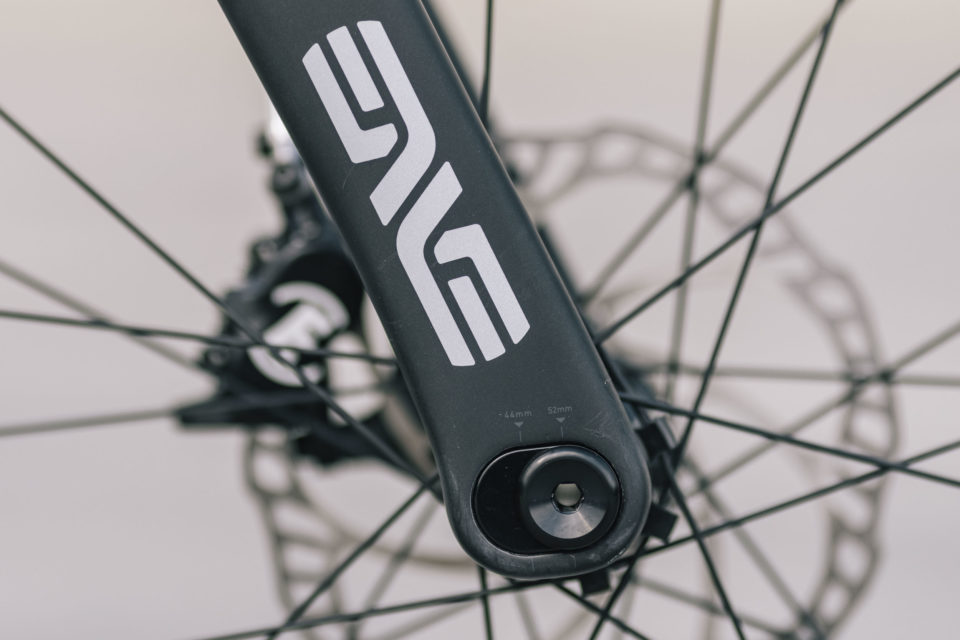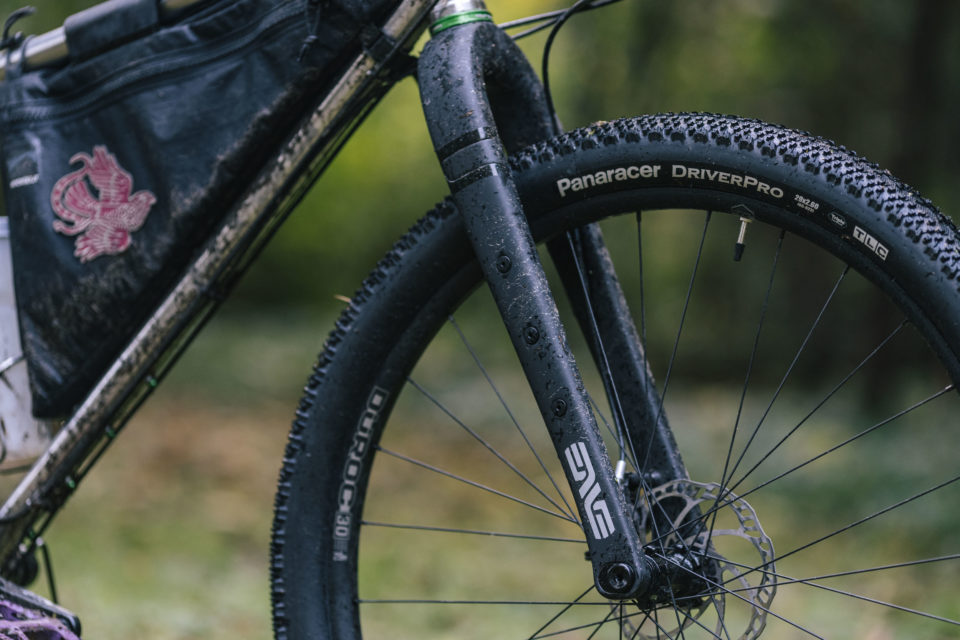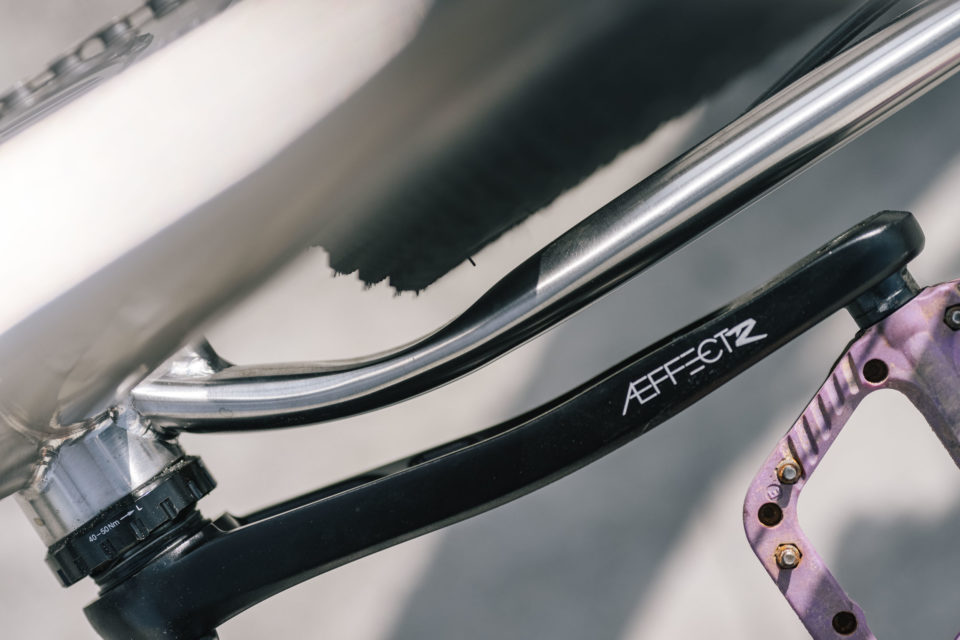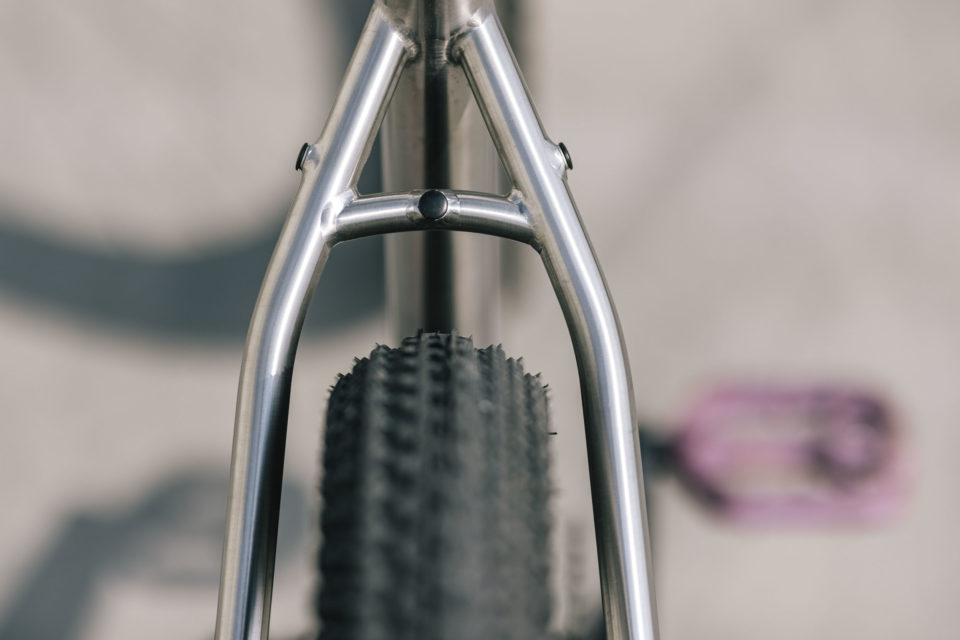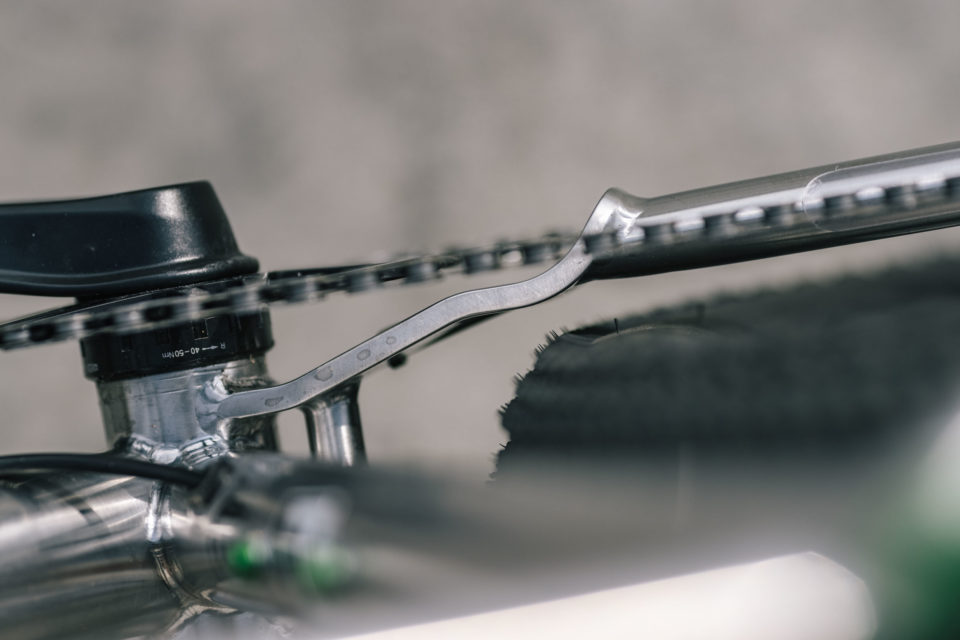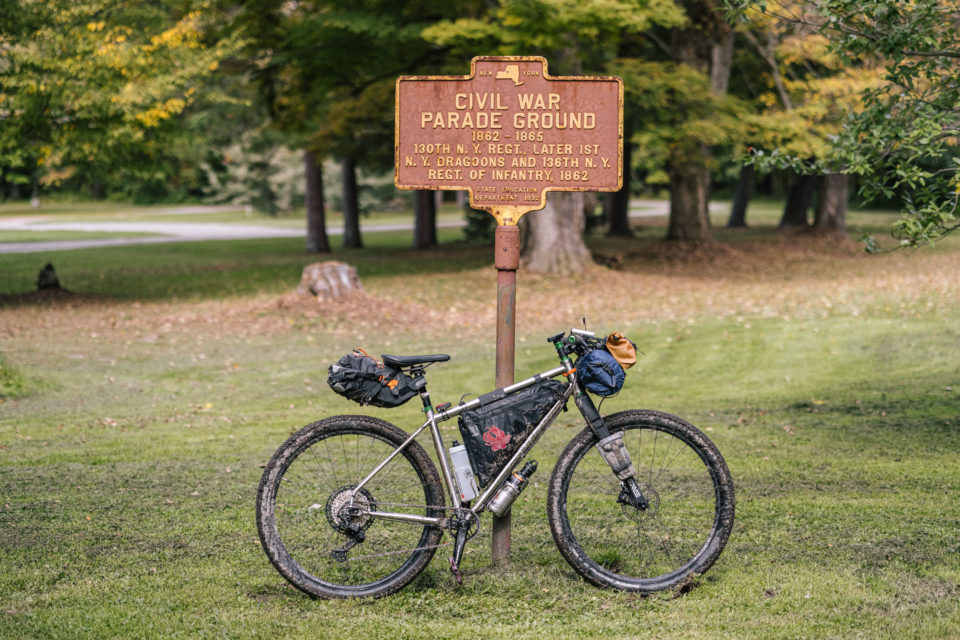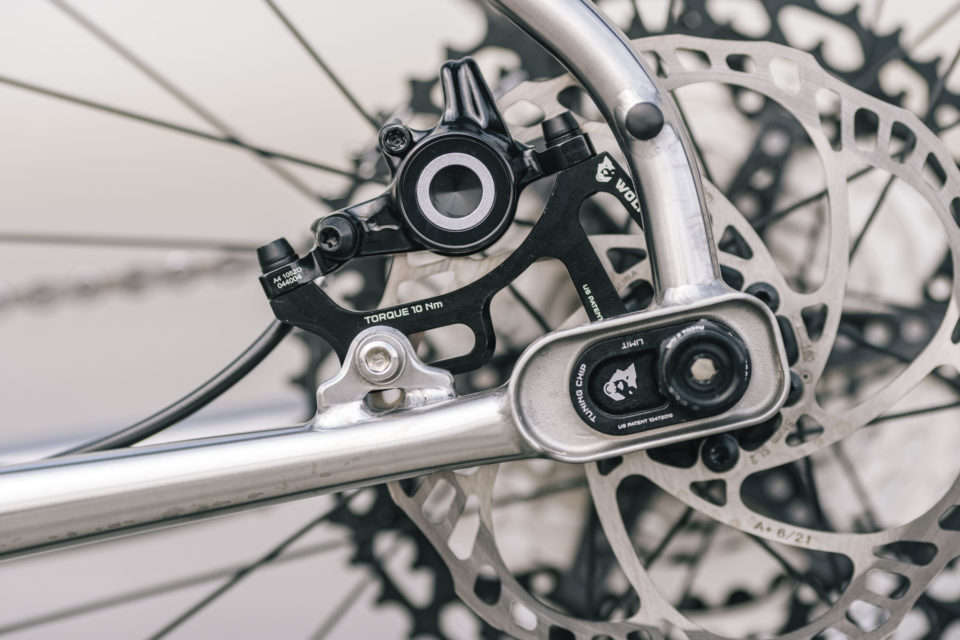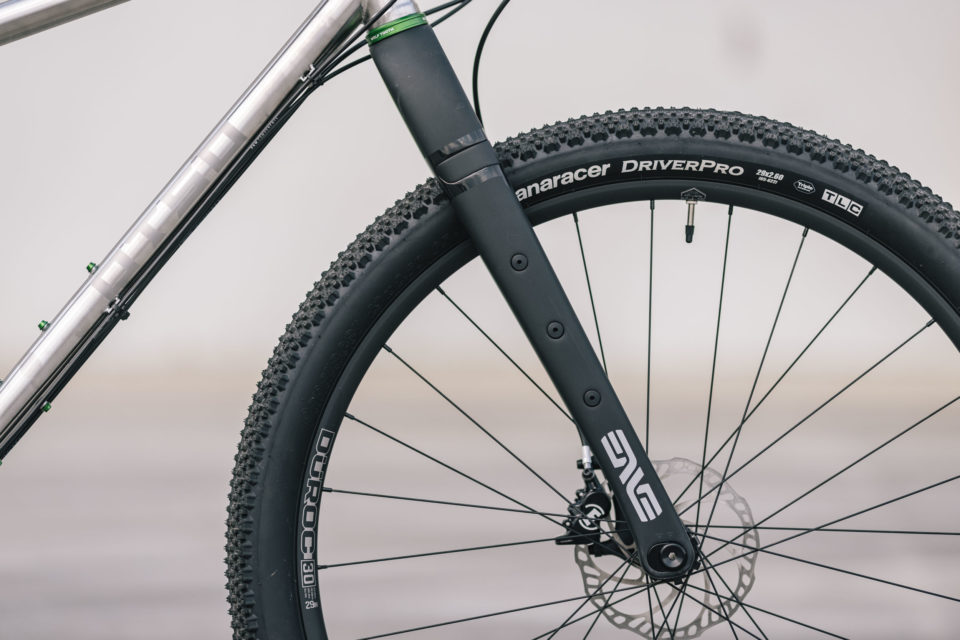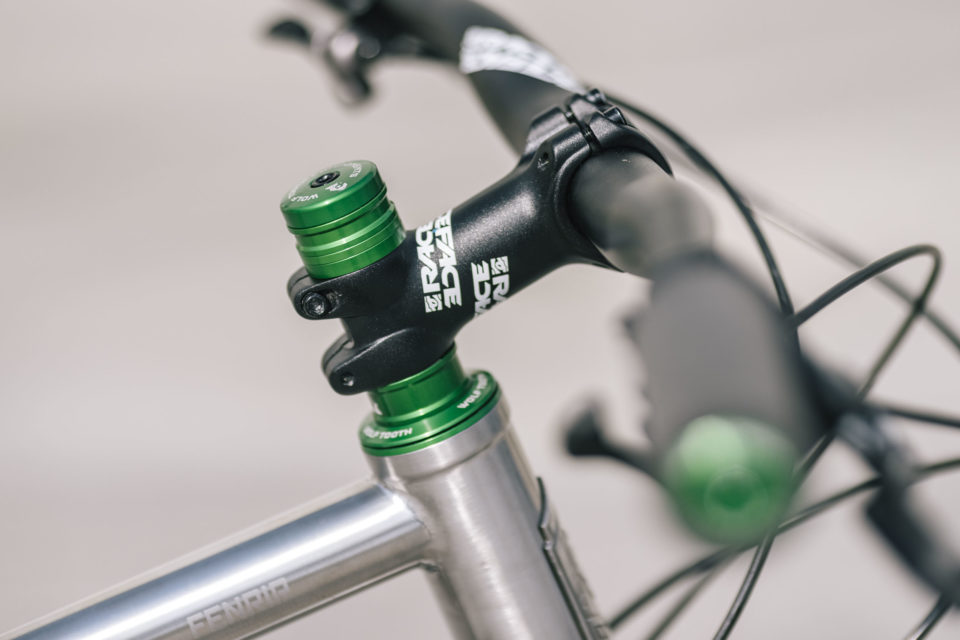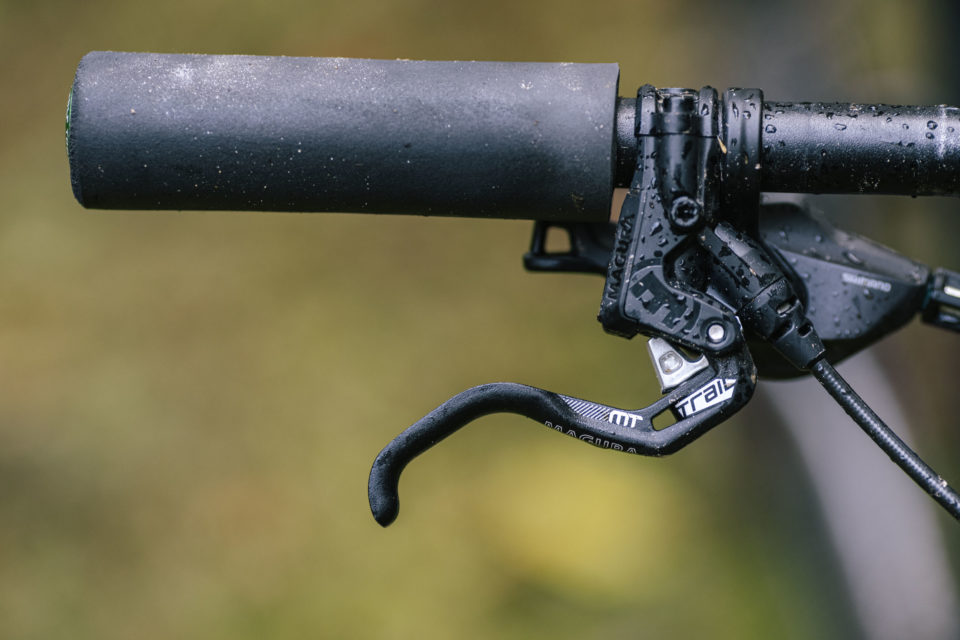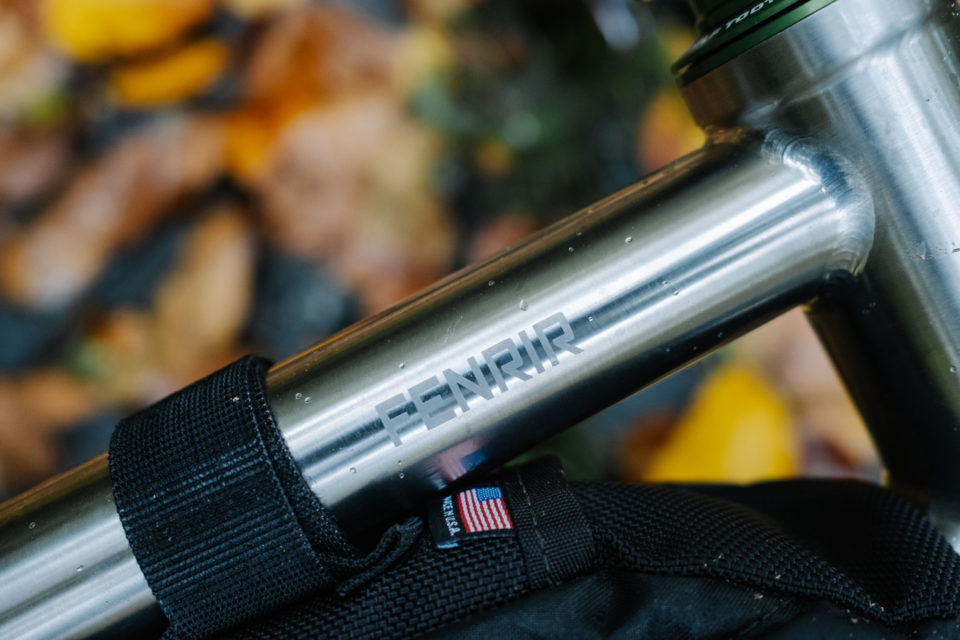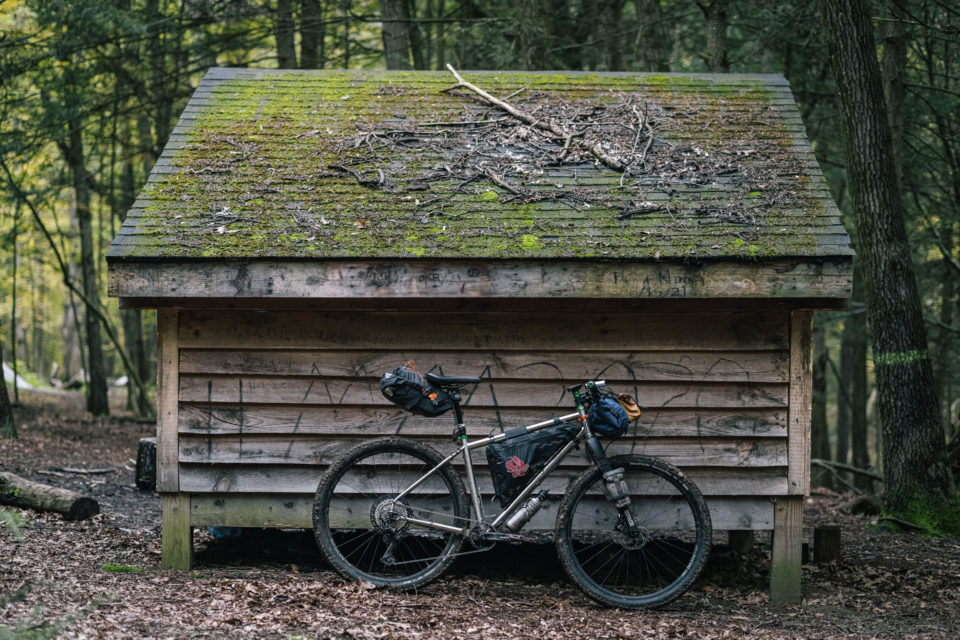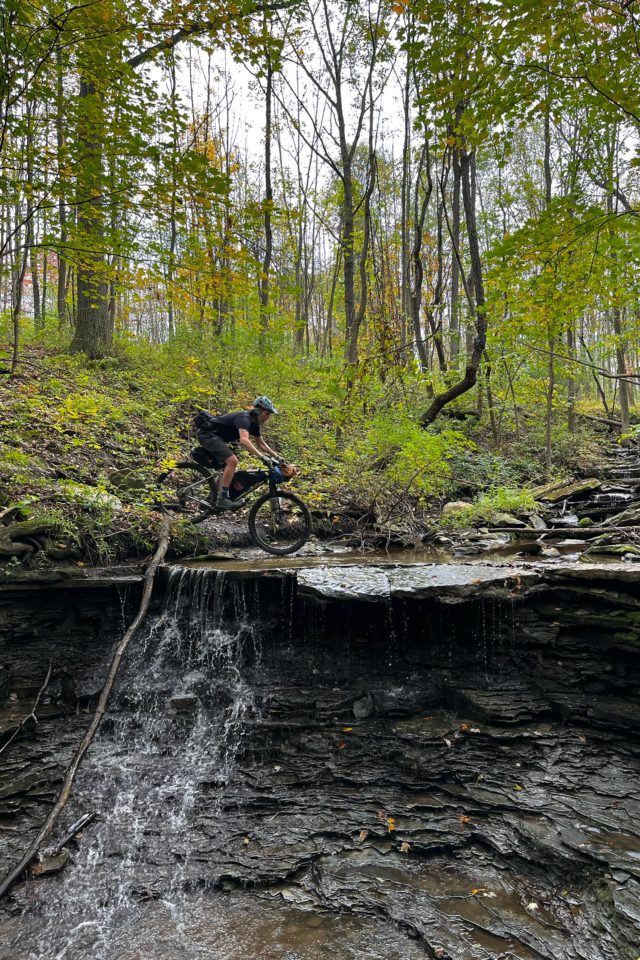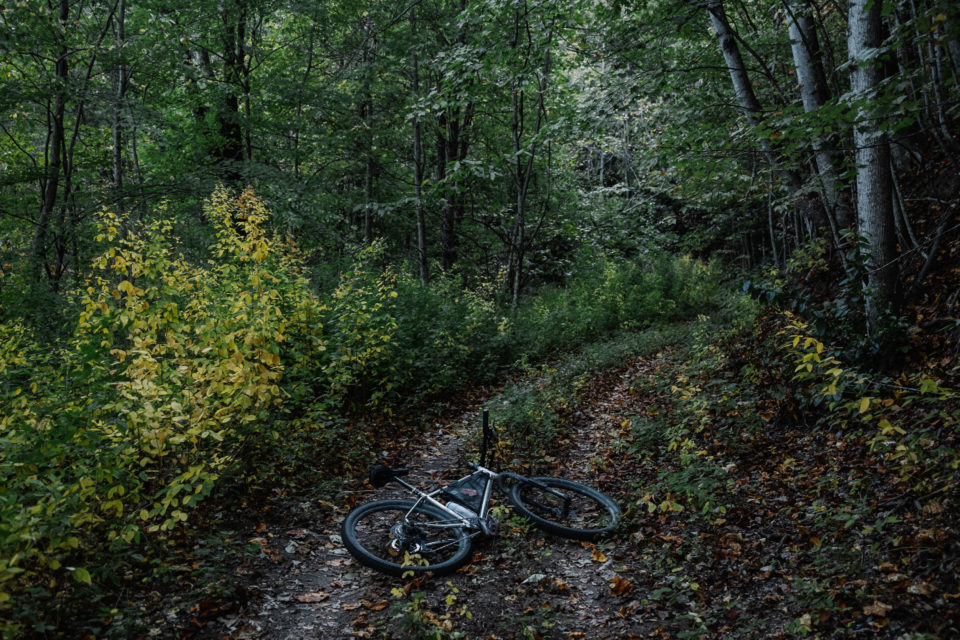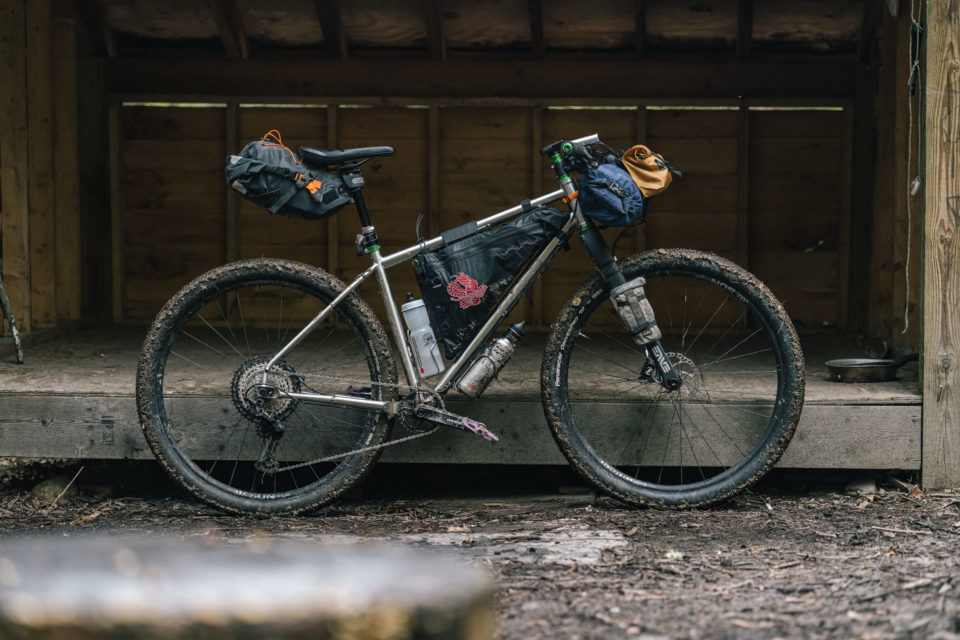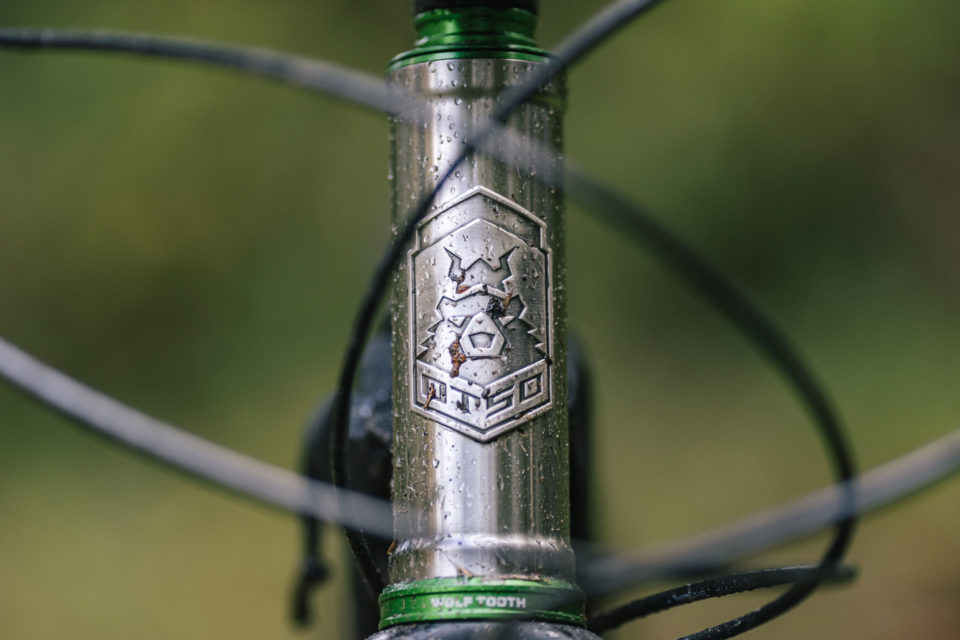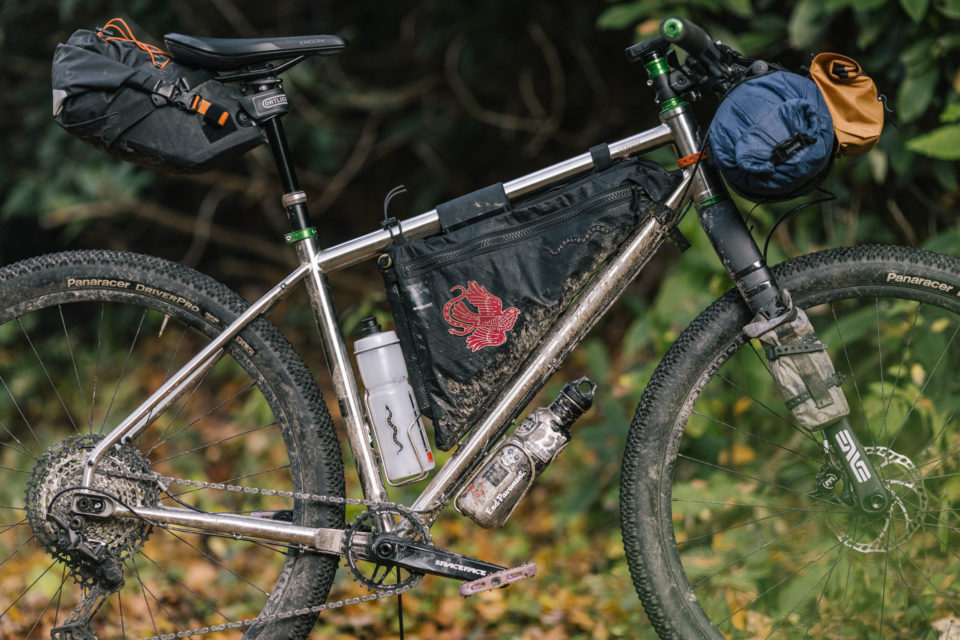Otso Fenrir Review: A Two-headed Beast
With a unique geometry designed for either drop bars or flat bars, the new stainless steel Otso Fenrir is a two-headed beast that’s purpose-built for bikepacking. The Fenrir has clearance for plus-size tires, loads of mounts, and several tricks up its sleeve that allow it to transform into almost anything you want it to be. We’ve put over 1,000 miles on one for this detailed review…
PUBLISHED Dec 21, 2021
In 10th and 11th century Norse mythology, Fenrir was depicted as a colossal wolf that existed in a labyrinthian lineage of beasts and deities. According to legend, Fenrir was the offspring of the demoniac god Loki and giantess Angerboda. As the tale goes, on doomsday Fenrir will break its bonds, devour the sun, and fight the chief god Odin. Pretty epic stuff. I’m guessing that’s what Otso was going for by adopting their new bike’s namesake: a beast made for gargantuan undertakings. Either way, a bikepacking-specific, stainless steel rig named after a giant demonic wolf is pretty rad. The Otso Fenrir stacks up some pretty impressive specs, too, including clearance for 29 x 2.6” or 27.5 x 2.8” tires, giving it the ability to devour some pretty gnarly terrain. It also offers a lot of variables that allow it to transform from adventure rig to more of a sinister trail-ish bike. I’ve been testing the Fenrir in flat-bar mode for several months and managed to rack up a solid 1,000 miles on it during Eastern Divide Trail scouting missions, burly singletrack rambles, and gravel rides.
Different Animals
While it’s in roughly the same class of bikes as the Sutra ULTD, Stargazer, and other such “Divide” ready rigs, the Otso Fenrir is definitely a mountain bike. Despite its gravel-esque large triangle and aesthetics, it has a frame designed around a 110-120mm suspension fork—or the rigid equivalent—Boost spacing, and MTB angles. But what makes the Fenrir unique is that it has options. A lot of them. While some folks want a bike that simply does what it’s made to do, others like the idea of being able to tinker, change the geometry, or reanimate their rig as some completely different creature from time to time. These days, a lot of bikes come with built-in tools to accomplish this—flip chips, rotating dropouts, and all types of other adjustable whatnots for dialing in the ride. The new Otso Fenrir takes this to another level by offering three different variables that can be tweaked to your heart’s content, providing an array of build options.
For one, there’s Otso’s patented Tuning Chip, which we covered in detail in the Waheela C review. As with Otso’s other bikes, the Tuning Chip allows riders to adjust the bike’s chainstay to ever so slightly change the geometry. This is essentially a reversible alloy dropout with two fixed positions. Or that’s what it comes with; you can also purchase inserts with the axle placement in the middle position. The Tuning Chip can change the wheelbase by up to 20mm, the bottom bracket height by up to 4mm, and the head tube angle by 0.2°. In the case of the Fenrir, that’s a 430, 440, or 450mm chainstay length. The front position is made for agile handling with a shorter wheelbase, higher bottom bracket, and steeper head tube angle. The back position of the Tuning Chip is made for a more stable ride with a longer wheelbase, lower bottom bracket, and slacker head tube angle. Or you can get Otso’s sliding inserts for even more versatility, enabling the Fenrir to be run as a singlespeed.
The Enve Mountain fork comes specced on the Fenrir—unless you choose a 120mm suspension fork, or “no fork” if you’re just buying the frame. It has a secondary flip chip that can be reversed from a 44mm fork offset to 52mm, thus decreasing the bike’s trail and quickening the steering and responsive feel.
Lastly and most noteworthy—and what makes the Otso Fenrir unique—is its dual-purpose geometry, designed around the use of either drop bars or MTB flat bars. In short, this means it has a longer reach than most drop-bar bikes, and a shorter reach and higher stack than most mountain bikes. This allows it to be a flat bar mountain bike or a gravel bike (a drop-bar mountain bike, really) with a slight change of stem length.
All three of those together make a lot of variations and forms that the Fenrir can take on: a stable dirt-road touring plus bike, a shorter gravel bike, a singlespeed rigid trail rig, or it could even be stretched to a more rugged trail-worthy hardtail using Otso’s sister company’s GeoShift headset, slackening the headtube angle a degree or two and using a 110-120mm fork.
I also don’t think the Fenrir is limited to big 2.6″ wide trail tires, either. As you can see in the photos above, it’s got plenty of clearance but with the 68/70mm bottom bracket drop, it could comfortably run smaller 700c x 45mm tires to potentially feel more like a gravel bike. I could imagine shortening both flip chips, popping on some gravel tires, and it feeling pretty spritely. It’s not a heavy frame, by any means—as they specced it, the complete weighed in at 11.34 KG (25.01 pounds), so I could see it built up as a very light bike.

Fit and Forget
As mentioned, the Fenrir is a long drop-bar bike and a short flat-bar bike. It’s kind of between two worlds, which might either piss you off or make your day. Alas, If you’re in between sizes, the Fenrir might be the solution you’ve been looking for. For example, let’s say you’re in the market for a flat bar bike but you’re in between a medium and large. Then the large Fenrir might be a spot on fit. Conversely, if you are looking at a drop-bar bike but you’re in between a large and XL, then the large Fenrir might be your huckleberry.
I only tried the Fenrir with flat bars, despite a friend saying that I wouldn’t be doing the review justice if I didn’t try it both ways. However, I feel like I have a pretty good idea of what makes this bike tick based on an extensive amount of time on it. But, then again, I honestly found it a little tricky to fit with flat bars. Otso sent it with a 70mm stem and that simply wasn’t long enough for me. I ended up sliding the saddle back and installing a 90mm stem. That worked okay, but I still wanted it to be a little longer. However, had I gotten the XL, I believe the 660mm stack would be significantly too high for me. It’s all about personal fit, and for me (short torso and long legs) long and low are what work with bike geometry. In my far-from-expert opinion, I think the flat-bar Fenrir might be a perfect fit for folks with long torsos who are in between bike sizes.
Despite the fit seeming slightly off for me at first, I quickly “rode into it” and forgot my initial issues. It feels rather tall, but the 70mm bottom drop keeps it planted. I ultimately found the Fenrir to be quite comfortable. Its 75° seat tube angle makes it suited to a more upright riding position, giving an all-day pedaling vibe that makes it an excellent choice for multi-day rides, which I’ll cover later in the review.
Build Kit
When Otso asked which version of the Fenrir to send, I had a little bit of an existential crisis. I consider myself a flat-bar person when faced with the choice, but considering that geometry and stack height, I recognize that it probably would fit me better as a drop-bar bike. Still, I opted for the flat-bar build, just to find out. Many of you might be interested in how it fared from this perspective. The build Otso sent was a little random, with a few bits that aren’t specced in the version that’s for sale on their website. Here’s the kit followed by some impressions.
- Frame Otso Fenrir Size Large
- Fork ENVE Carbon MTB Fork, 110 x 15mm thru axle
- Wheels Sun Ringle Duroc 30
- Tires Maxxis Aspen 29 x 2.4″
- Crankset Race Face Aeffect
- Derailleur TRP G-Spec TR12, 12-speed
- Shifter TRP G-Spec TR12, 12-speed
- Cassette SRAM GX, 10-51T
- Handlebar Lithic flat bar
- Grips Wolf Tooth silicone foam grips
- Headset Wolf Tooth Performance Headset
- Brakes Magura MT4 hydraulic
The big difference between the build kit Otso sent and the version they have available now is the drivetrain. My demo bike had an XT drivetrain, whereas the retail model comes with Eagle GX and a TRP shifter/derailleur. Additionally, the Fenrir they sent had very odd 740mm bars, which immediately went back in the box, replaced by 780mm bars. I’m also surprised that Otso didn’t include a dropper post, so I replaced the rigid post with a 150mm dropper, with plenty of room to spare.
On the plus side, I rather enjoyed the Panaracer DriverPro 29 x 2.6” tire, which, contrary to its name, is not a golf club. The Magura brakes are also quite nice, although I noticed that they have a tendency to fade on more aggressive trail rides.
Eurythmic Austenitic
Stainless steel is the oddball in the realm of bike tubing. The obvious heroes are aluminum, steel, and titanium, in order of extravagance and perceived performance—although some (including me) have a deep-rooted preference for good ol’ steel tubing. Stainless steel probably fits into the lavish scale in between the many grades of steel and Ti. Compared to the latter two, stainless steel tubing purportedly sits between them in the strength and stiffness department, although some grades of chromoly steel are pretty close.
The Otso Fenrir is built around a custom-butted Austenitic stainless steel frame. Apparently, there are a few types of stainless steel, Austenitic being the most common, and the most corrosion resistant. That’s interesting from a bikepacking perspective, I suppose. Who wouldn’t want a long-trip bike that you wouldn’t have to worry about rusting? However, that doesn’t mean you can just leave it out in the ocean spray on the Baja Divide for a few days and not think twice; after all, seawater will destroy pretty much anything over time. But, it’s nice to know that you won’t have to worry about rusty bolt holes and other such corrosion with general use.
The tubeset itself is made from the same material as the brand’s Warakin stainless steel gravel bike but with thicker tube walls and wider diameter tubing. Otso informed me that it’s similar to Reynolds 921, a US-sourced raw material made from 21% Chromium, 6% Nickel, and 9% Manganese, which is used in the aviation industry for highly stressed hydraulic lines and aircraft components. It’s also used in some marine applications due to its high corrosion resistance. According to Reynolds (see this PDF), 921 stainless has similar stiffness and strength values to their more prevalent 725 steel, a popular tubing used in the old Specialized AWOL, Esker Hayduke, and most of Panorama Cycles’ offerings, among others.
Given that this was my first time tossing a leg over a stainless frame, I really wondered how a stainless steel frame would feel compared to “swingset steel” or higher-end steel tubesets, for that matter. I’ve read contrasting comments over the years—some that stated stainless steel is too springy and others that led me to believe that stainless steel tubing might feel a little “dead” by comparison. However, in my experience, the quality of a frame feel is largely dictated by the tubing thicknesses, selection, and butting, as well as the design of the frame. And the first ride on the Fenrir purged both of those preconceptions.
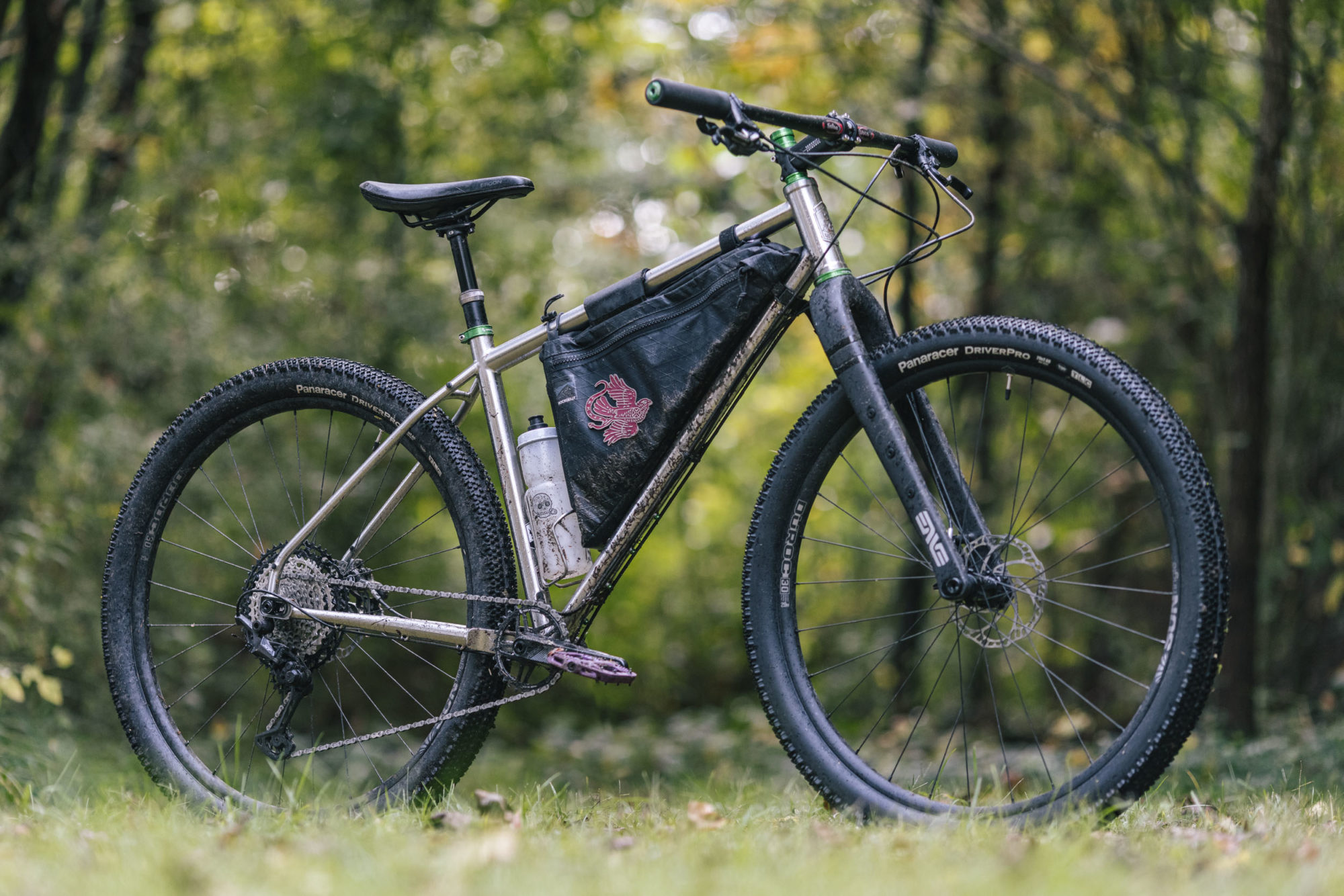
To the Trails
The Fenrir frame is far from dead. It actually felt rather lively and fairly responsive. And it manages to balance that with a decently compliant rear end. I wouldn’t say it’s the snappiest or plushest bike I’ve tried recently in this category, but it’s far from being slow or harsh. Comparing it to two drop-bar bikes I’ve ridden over the last year, both kind of in the same category, I’d say it’s not quite as fast or compliant as the Tumbleweed Stargazer, but faster and perhaps a little plusher than the Kona Sutra ULTD. Generally speaking, I found the Fenrir frame to exhibit a nice balance of comfort and pop that keeps it fun on singletrack but not too harsh and quite comfortable on long rides.
Just prior to typing up this paragraph, I took it out on one of my favorite afternoon loops in an effort to get in a single ride on a variety of terrain. It’s a ride that’s probably best suited for a full-squish bike or a hardtail, but I like to take all the bikes I test on it as it provides the ability to analyze a lot of different factors in a relatively short eight-mile stint. It starts with a long multi-pitch doubletrack climb that’s rocky and uneven in places and smooth in others. That peters into a very steep singletrack climb with a couple of formidably steep pitches. After it tops out, there’s a rowdy descent with a couple of challenging switchbacks, a babyhead and root-strewn descent, and then a long up-and-down traverse with plenty turns, variations, and rooty and rocky moves. The Fenrir handled most of it with grace. It’s a bike built for dirt roads, and that’s evident, as the beginning of that ride gets my complete seal of approval. The fairly quick frame and semi-slick 2.6” tires are pretty happy in that environment, even when pedaling out of the saddle. The steep singletrack climb is probably the Fenrir’s least favorite turf. It does okay, but sometimes it feels a little twitchy and has an over-forked vibe where you need to stay on top of the front-end to keep it straight. That sensation carried over to chunky climbs, too. I wish I could have flipped the fork chip to decrease the rake to the 44mm setting. That would increase the bike’s trail, slow the steering, and theoretically help the front end to stay in-line. However, I didn’t have the proper brake caliper spacer to reverse the flip chip on the Mountain Fork, so I just ran with it. It’s not bad, just noticeable at times.
The Fenrir excels while descending and is incredibly stable going downhill. It simply doesn’t want to hesitate on long gravel descents or even on downhills like the techy switchback downhill on my “analytical loop.” It’s quick to corner, nimble in rocky and rooted sections, and generally seems balanced and planted. I was always pleasantly surprised at how confident I was on it, despite it being a rigid bike.
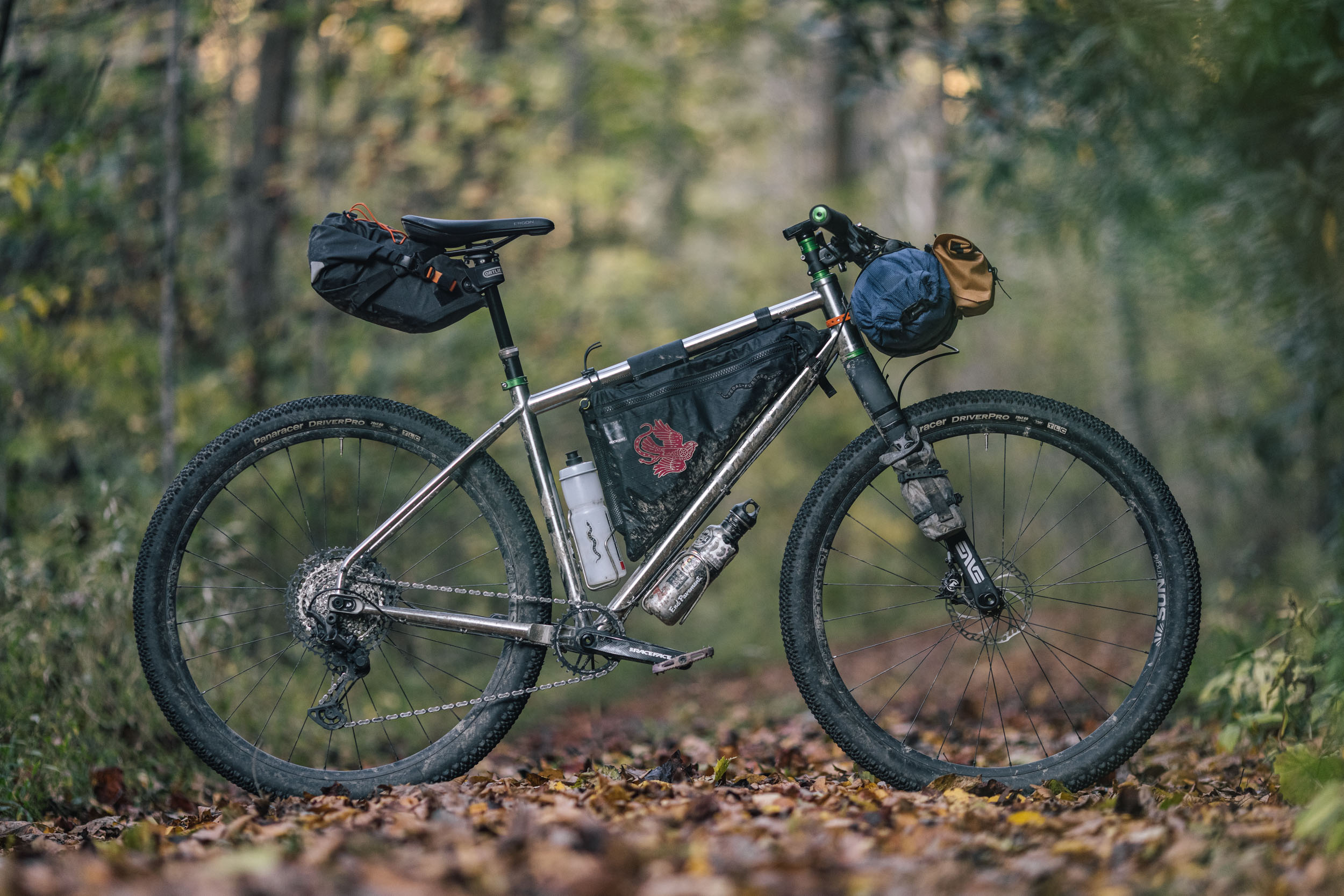
Further Adventures
As a bike pegged for “bikepacking races and afternoon adventures alike,” the Fenrir’s loaded-up prowess is an important part of the equation. There’s the obvious fandangle and gadgetry built right in, such as the dueling four-pack mounts on both sides of the downtube, rear rack bosses, and ENVE’s accessory-friendly fork. Also note that Otso didn’t go overboard on standover or dropper capacity, retaining ample frame bag space in the triangle. There’s no shortage of storage or loading options for about any trip, making the Fenrir cut out for all varieties of mixed-terrain bikepacking routes.
I’m also happy to report that the frame seems up to the task of carrying a load as well. As with many bikes that receive high marks from me, the Fenrir seemed to get better with baggage. Namely, all of its positive characteristics felt amplified with the added weight. The responsive frame remained so, which is always impressive with a load.
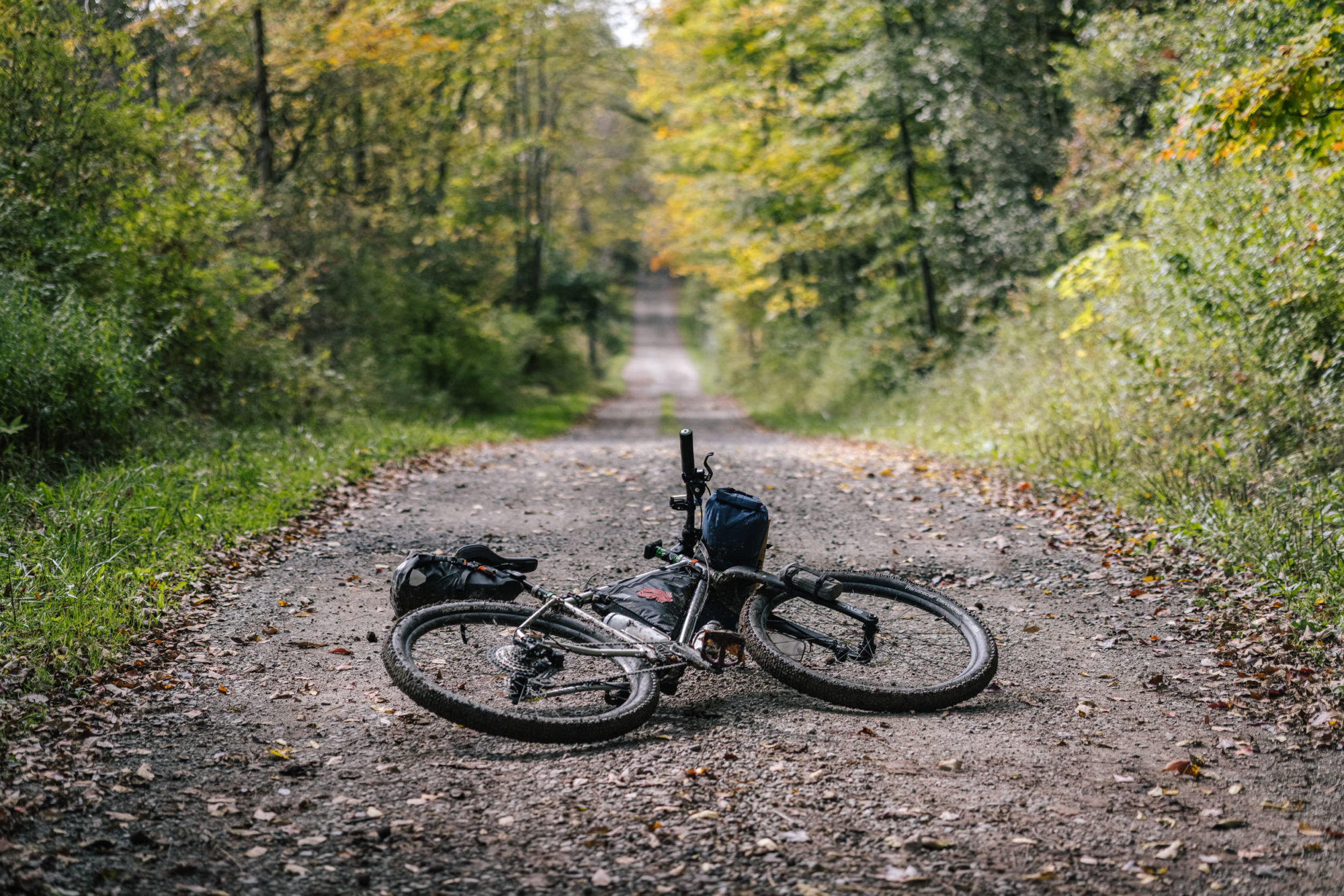
I managed to take it out on a couple of significant scouting trips, riding with a significant load; nothing over the top, but not “summer weekend” weight, either. There wasn’t any semblance of a squirmy rear end, even with a solid five-day bikepacking kit, complete with five pounds of camera gear. Up front, the weight balanced the steering for me, making it a little more sure-footed on challenging terrain and removing the occasional over-forked sensation I had when riding it unladen. It also felt even more plush and comfortable. There’s not too much you could ask for, really.
Who’s the Otso Fenrir for?
At this point in the review, you might be wondering who fits the Fenrir, and who the Fenrir best fits. My answer to that question is kind of scattered throughout, but let’s dig a little deeper. Although the Fenrir has a few options for adjustments, its 68° head tube, Boost spacing, relatively long wheelbase, and general demeanor are that of a mountain bike, without question. Even with drop bars, the Fenrir will ride like an efficient XC bike. With that in mind, I think it’s better suited for someone coming from a mountain bike background looking for a bike with more carrying capacity, options, and versatility. On that note, those are the people who will likely have Boost wheels on hand for building one up, swapping wheels, or just maintaining one set of standards in the stable. On the other hand, road or gravel cyclists looking for a light mountain bike for bigger dirt exploits might dig it as well.
The other important factor to consider is fit. As touched upon earlier, the Fenrir is a little bit different with its reach and stack numbers—longer than a typical drop-bar bike and shorter/higher than a mountain bike. Let’s compare the numbers to two popular bikes that I’ve ridden and really like, the Salsa Cutthroat and the Kona Unit X, a Divide-specific drop-bar bike and a dirt-touring centric flat bar mountain bike, respectively. All of these are pulled from a size large, or 58cm for the Cutthroat.
| Bike Model | Otso Fenrir | Salsa Cutthroat | Kona Unit X |
|---|---|---|---|
| Stack | 642 | 645 | 606 |
| Reach | 428 | 395 | 475 |
| WB | 1170 | 1110 | 1173 |
| HTA | 68° | 70° | 68° |
| STA | 75° | 74° | 75° |
| BB Drop | 68/72 | 70 | 65 |
*All measurements in millimeters unless specified; WB=wheelbase; HTA=Head Tube Angle; STA=Seat Tube Angle
As you can see, most of the numbers tend toward those of the Kona mountain bike. However, the reach is squarely in the middle and the stack is very much reminiscent of a drop-bar bike. For me and my fit (short torso, long legs), this makes the Fenrir better suited as a drop-bar mountain bike instead of a flat bar bike. I generally like using a very short stem and that’s just not possible with the size large Fenrir for me. And, as mentioned, the XL would have a stack that’s far too high for my fit.
In a nutshell, this makes the Fenrir an “advanced” bike if you are thinking about running it with flat bars, meaning that I believe it’s best suited to riders who already have an understanding of their own fit preferences and can make the high stack and shorter reach numbers work for them. For those who are in between sizes and looking for a higher stack, the Fenrir might just be a dream as a flat-bar mountain bike. And for those simply looking for a longer drop-bar bike to better fit their physique, or just to use a short stem, the Fenrir hits the nail on the head.
- Model/Size Tested: Otso Fenrir, Size Large, Flat Bar
- Actual Weight (as specced): 11.34 KG (25.01 pounds)
- Actual Weight (w/dropper): 11.69 KG (25.78 pounds)
- Place of Manufacture: Taiwan
- Price: $3,900
- Manufacturer’s Details: OtsoCycles.com
Pros
- Loads of adjustability and options for building it into whatever makes you happy
- External cable routing… and internal dropper routing. Yes!
- Snappy stainless steel frame that’s a surprising blend of responsive and supple
- Plenty of tire clearance and all the mounts you might need
Cons
- Stack is a little too high for my personal fit with flat bars
- High stack feels a little over-forked at times on steeper terrain
- Build kit was a little mismatched (no dropper post and narrow bars)
Wrap Up
Out of all the types of bikes I get to test and ride, rigid mountain bikes with 29 x 2.6” tires are the most compelling for me to review. It’s a breed I feel I know pretty well and one with characteristics that are particularly discernable. The Otso Fenrir is an elegant specimen in this genre, ticking a few boxes that others don’t and holding its own on a variety of surfaces and riding styles. It’s also a tricky one to scrutinize as its flip-flop geometry will largely dictate who this bike works for. For me, it makes much more sense as a drop-bar bike, and a struggle to fit as a flat-bar MTB.
As far as bikepacking, The Otso Fenrir has everything you might need as far as mounts, provisions, frame bag space, and long-ride comfort. It’s pegged squarely at big mixed terrain routes like the Great Divide Mountain Bike Route, the Tian Shan Traverse, Baja Divide, NMORR, or any number of rides that combine singletrack with all forms of dirt roads. It doesn’t hesitate on any terrain, and I wouldn’t hesitate to take it on any given bikepacking trip.
Please keep the conversation civil, constructive, and inclusive, or your comment will be removed.






